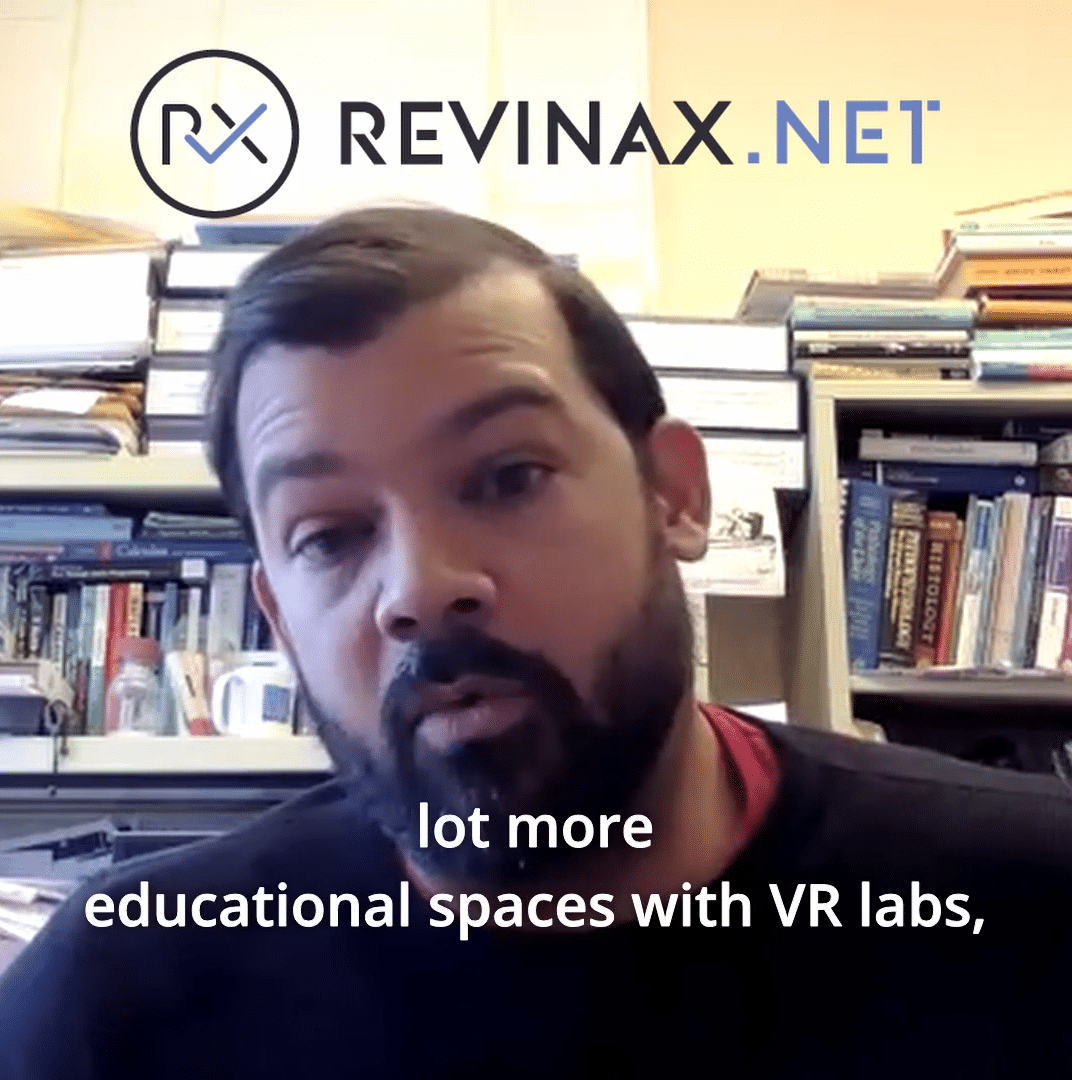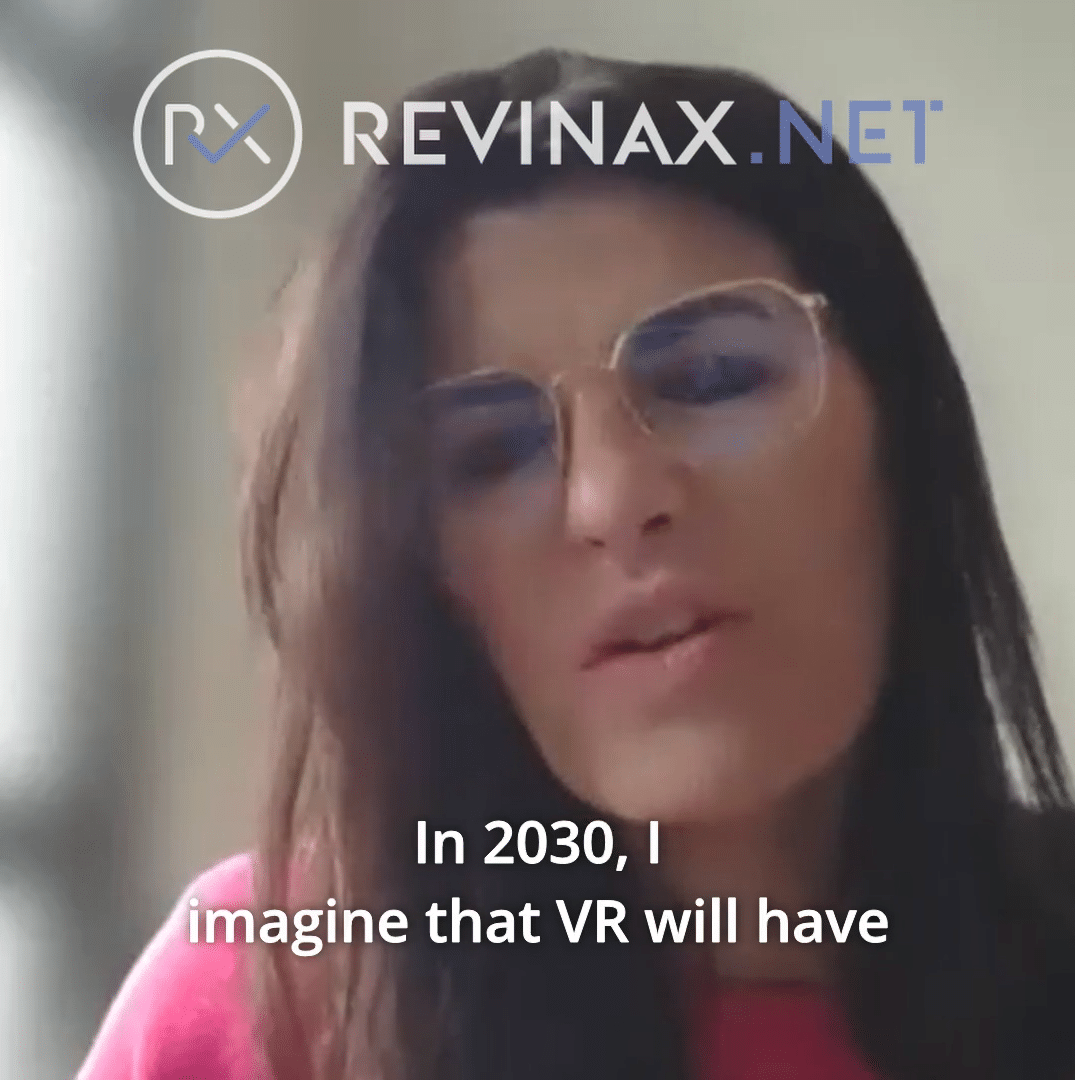Welcome aboard Revinsight, the podcast that helps you understand how organizations and individuals adopt, utilize, and track VR results.
Episode #14 – Febuary 1st, 2024
Guest: Brian Wagner, founder and CEO of Health Insight Consulting Group (USA)
Maxime Ros:
“ Today, I’m glad to receive Brian Wagner, he is founder and CEO of Health Insight Consulting Group. He held C-suite level rose at GE HealthCare, Philips Imaging, Becton Dickinson, and Clario.
Hey, Brian, what professional experience with VR has significantly impacted you, and what were the results? “
Brian Wagner:
“ Well, as I mentioned earlier in our discussions, COVID was the catalyst. We didn’t have access to acute care centers, we still needed to train and educate our customers on our products, and our services, and our solutions. That was the catalyst that brought us forward. The impact of that was very significant and quite long-lasting.
Also I’ll start with the end in mind. Our return on investment actually went up by 25 percent, based upon how we were deploying our capital for yet better results, but higher results, not just the financial side of things.
I’d mentioned that COVID was our catalyst. As we went out into the marketplace with this new technology, what we were doing was really focusing on the unmet customer need, the unmet clinical challenge, but also focusing on our company’s needs, because we had barriers to entry given the COVID situation.
But we always think customer first. You know, what is it that we can do to better aid and assist them? And what we came to find is that they didn’t have confidence in the utilization of our products and services if they were new, or their confidence was somewhat diminished, or customers had tremendous turnover, specifically in COVID, people had burnout. So nurses and technologists and doctors were kind of coming and going, and it was hard to keep the staff current.
Those were really two significant problems for our customers. And by implementing the VR technology, we could meet them where they were, how they were, on their terms. And it was beautiful because in doing that, we actually reduced our cost to serve. So no longer did we have to deploy clinical specialists in terms of travel and overnights, and having to come in multiple times to train the staff for retention purposes.
But in addition to that, what we were able to do is by creating the content in the virtual reality technology way, we actually could repurpose that content. We could reuse that content.
We developed what I call content marketing omnichannel campaigns, where we were focusing on driving lead generation, bringing new, new customers into our ecosystem, and getting them to want to try our products, our services, and our solutions, because of the content that we were developing was so engaging, being able to put it through social media, put it on our website, really having tremendous calls to action.
So not only were we meeting a training need, not only were we building the confidence of our customers and building the retention of them using us, and by the way, using us more often as a result, we actually were creating content that was helping us to drive additional incremental revenue generation as a result. So we’ve truly become a big believer in what virtual reality technology can do, not only for the customer, but for us as a manufacturer of products, services, and solutions within the healthcare life sciences and SaaS domains.“



